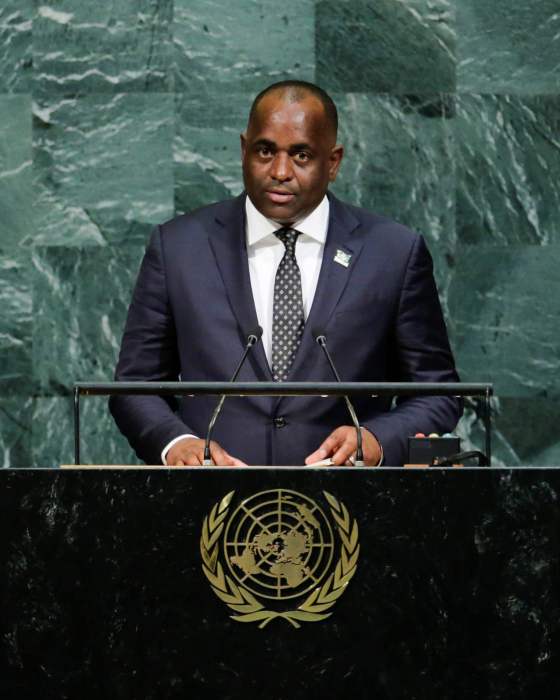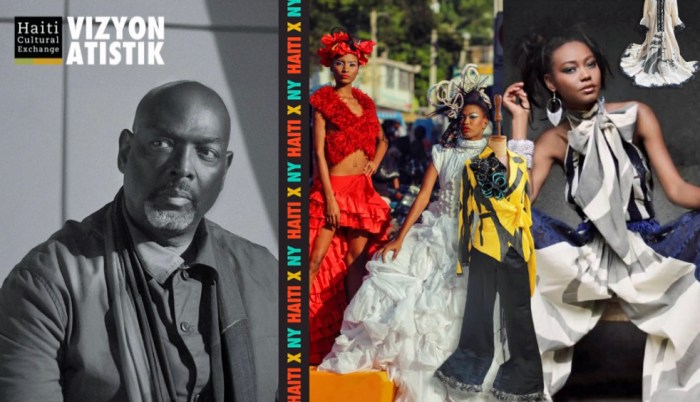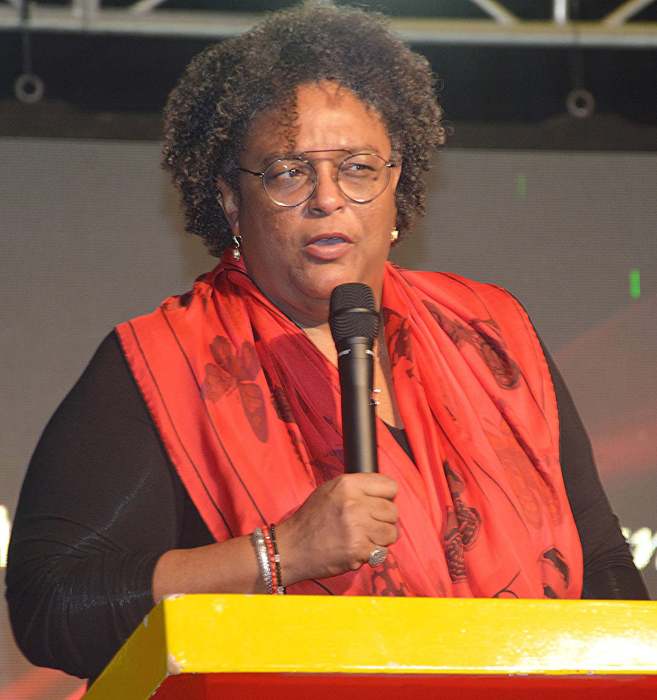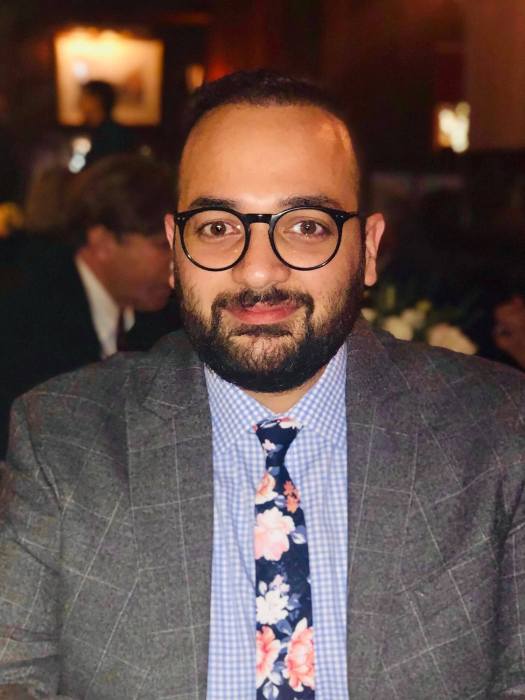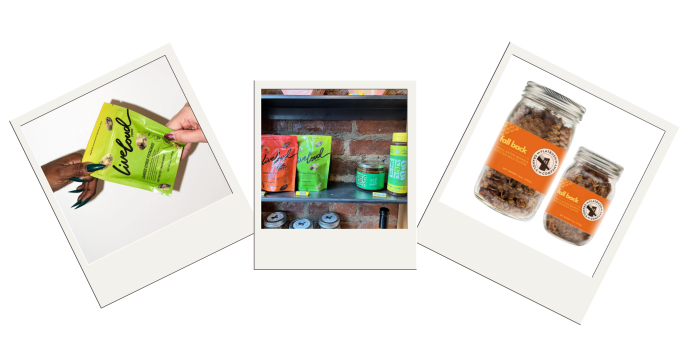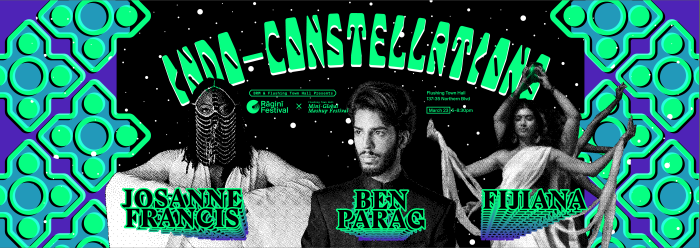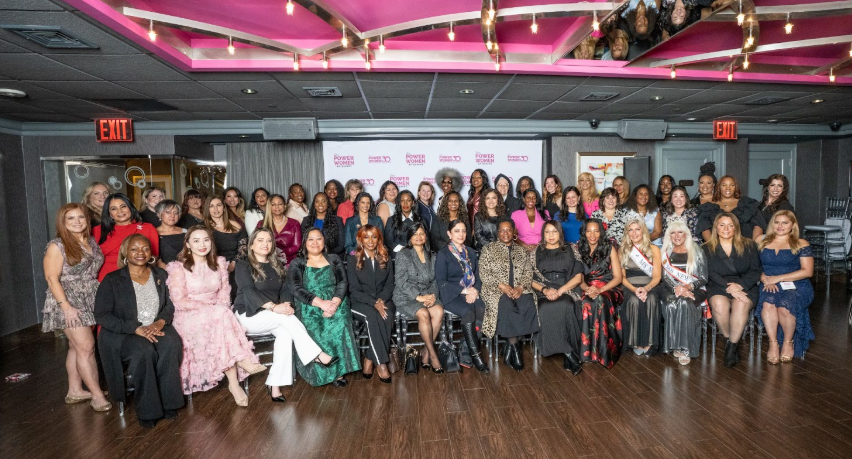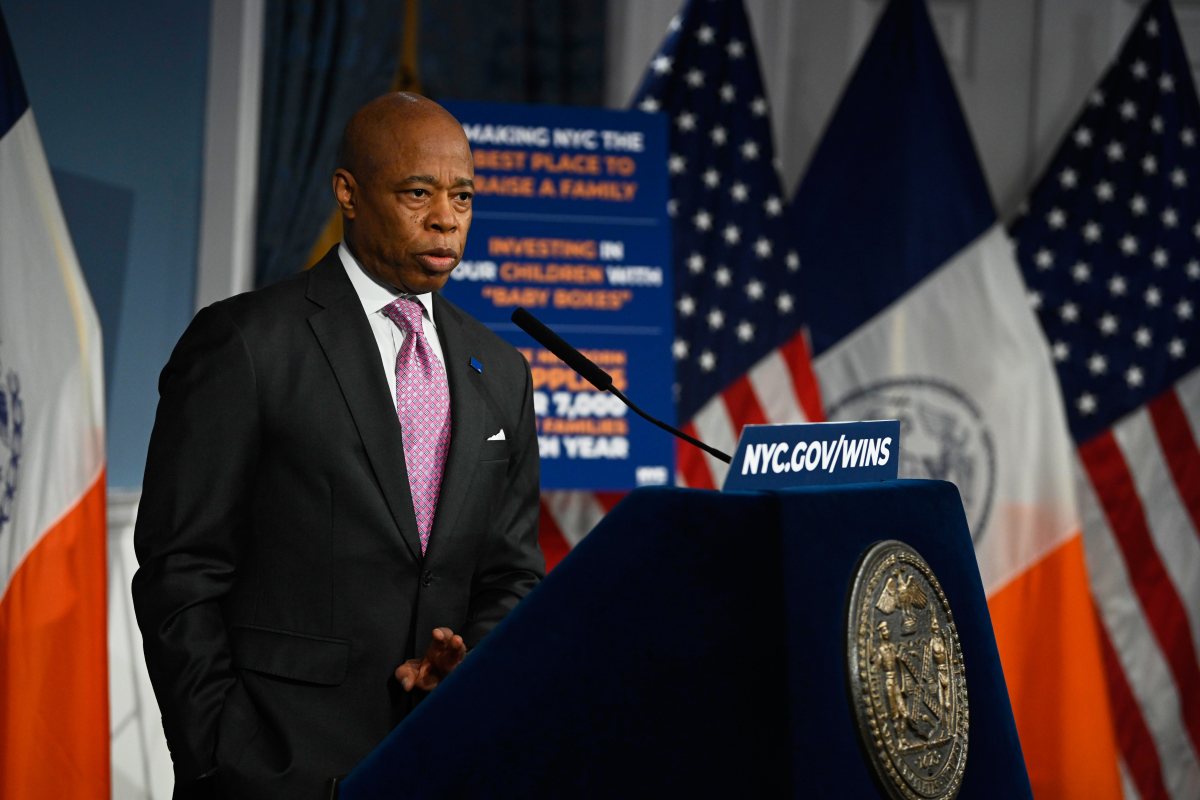The gallery in Tribeca was packed to hear Jany Tomba speak at Haiti Cultural Exchange’s monthly salon, Ann Pale (Let’s Speak). Jany Tomba was an early generation top model. And she is Black.
The new emigrant to the U.S. portrayed a fresh face, the 60s all-American girl next door.
When she came to the U.S. as a teenager from Haiti, she had no idea what being a model was like. During her career, Seventeen, Mademoiselle, Glamour, Ingénue magazines ran her face on their covers as did Simplicity, the catalogue of patterns, and she was in Macy’s ads, up to three times a week.
“I was living the dream and I didn’t even know about the dream,” she says in the 10-minute video made by her artist niece Sasha Huber that screened in the gallery before she spoke.
Approached on the street by an editor at Condé Nast, she went to their offices and that’s how it started. Her first cover was for Mademoiselle in ’69 or ’70.
Jany recognizes that the Black Power movement, which came before her, charged the social and political atmosphere, nudging the door ajar for her, a young woman of color, to enter. “I was new to the country and had a charming accent, very non-threatening,” she says of how her emigrant status worked to an advantage in a potentially tense environment when it came to race.
She also honestly tells it, using photographer’s terminology, “I was easy to light. I wasn’t too dark. They would put me with a blond and a brunette.”
Acknowledging that she wasn’t the first Black model, Jany mentions Naomi Sims as one who came before her. Iman and Beverly Johnson came after, “But we were in a different category,” she emphasizes. “I was not high fashion. I was ‘the approachable’, the girl next door wearing clothes anyone could wear.”
During her talk, the 5-foot-7-inch model told an anecdote of going to see the famous high-fashion photographer Francesco Scavullo for a possible photo shoot. “Scavullo is a short man,” she said. “He looked me up and down.”
She was used to be objectified as that is the nature of the business. “She’s so short,” he pronounced, still looking, examining, very close, right into her face and eyes. And then, with a step back he exclaimed, “She’s perfect!” Jany: I was so happy and proud.
Another of her cherished experiences was working with iconic fashion photographer Irving Penn. “He’s a genius,” she said. “He photographed my hands for two or three days; there was hot wax dripping from them.” (It was a beauty treatment.)
The presentation included personal information. With a short-term marriage and a daughter, her parents helped “as happens in the Haitian community,” she said. Her family gave her a lot of support.
Jany’s last modeling job was a cover shoot with her daughter, Dalila in 1998, for one of Essence’s publications. Dalila, now a mother of two, was present at the Haitian salon.
Following in the footsteps of Jany’s father, Georges Ramponeau, painter and co-founder of the Centre d’Art in Port-au-Prince, the model began to paint, having a studio at times. “I like to work big, spreading he canvas on the floor.” She shared a few smaller transportable paintings at the beginning of the evening.
Poet and performer Michelle Marcelin who had opened the evening with the poem “Phenomenal Woman” by Maya Angelou was called upon to read a poem in French that Jany had written.
The English translation is “My bidonville (slum), my nation,” a tribute to Jany’s home country. As impoverished as it might be, she still embraces it and many times during the evening, she expressed pride in her Haitian heritage.
Among those swelling the numbers in the audience, members of the meet-up group Let’s Speak Haitian Creole (Ann pale creole) and Bel Ti Fi, an organization for young Haitian-American women, found the presentation inspirational. Jany was equally moved by the reception to her, “I felt like I was coming home.” To see the video: “I love JaNY”: vimeo.com/25687796.


